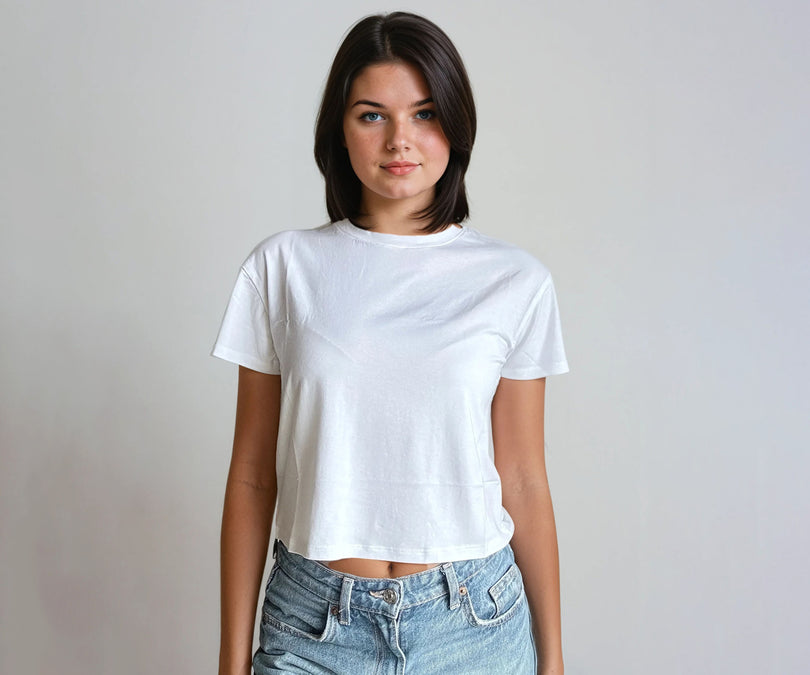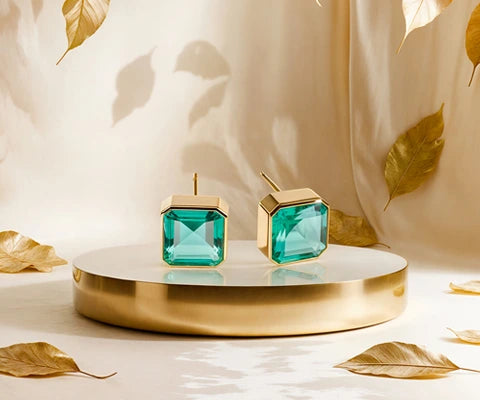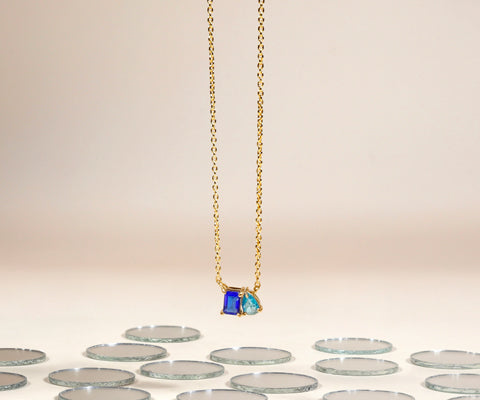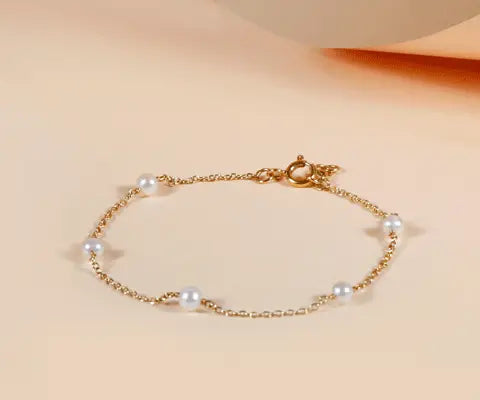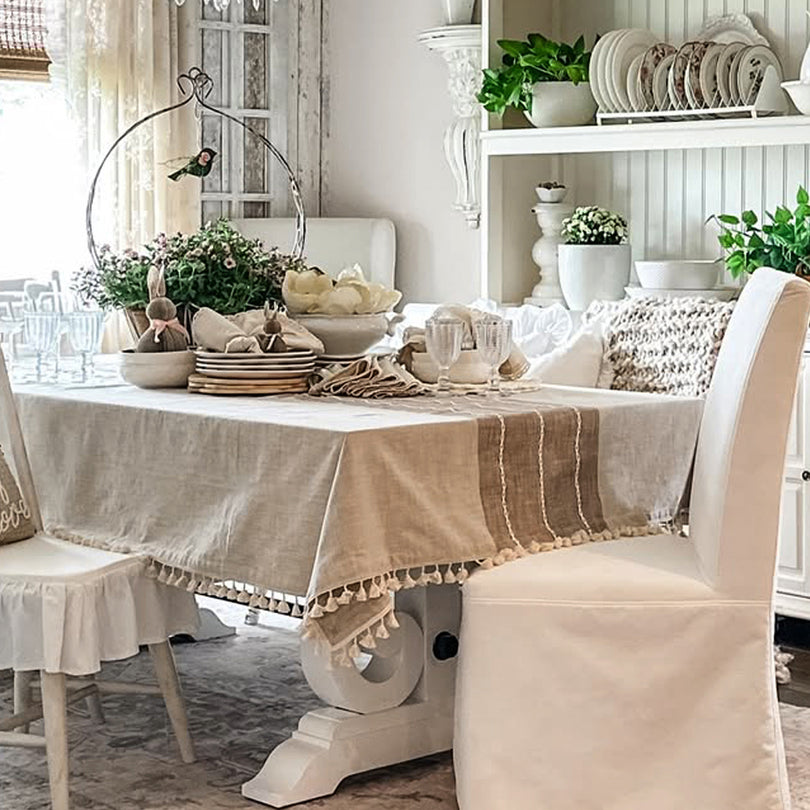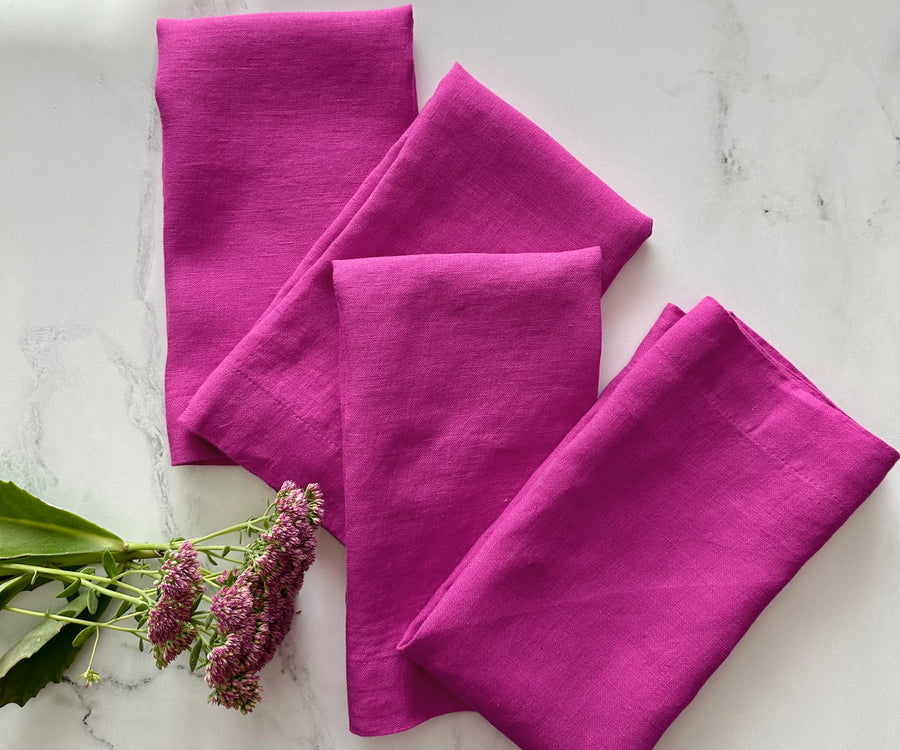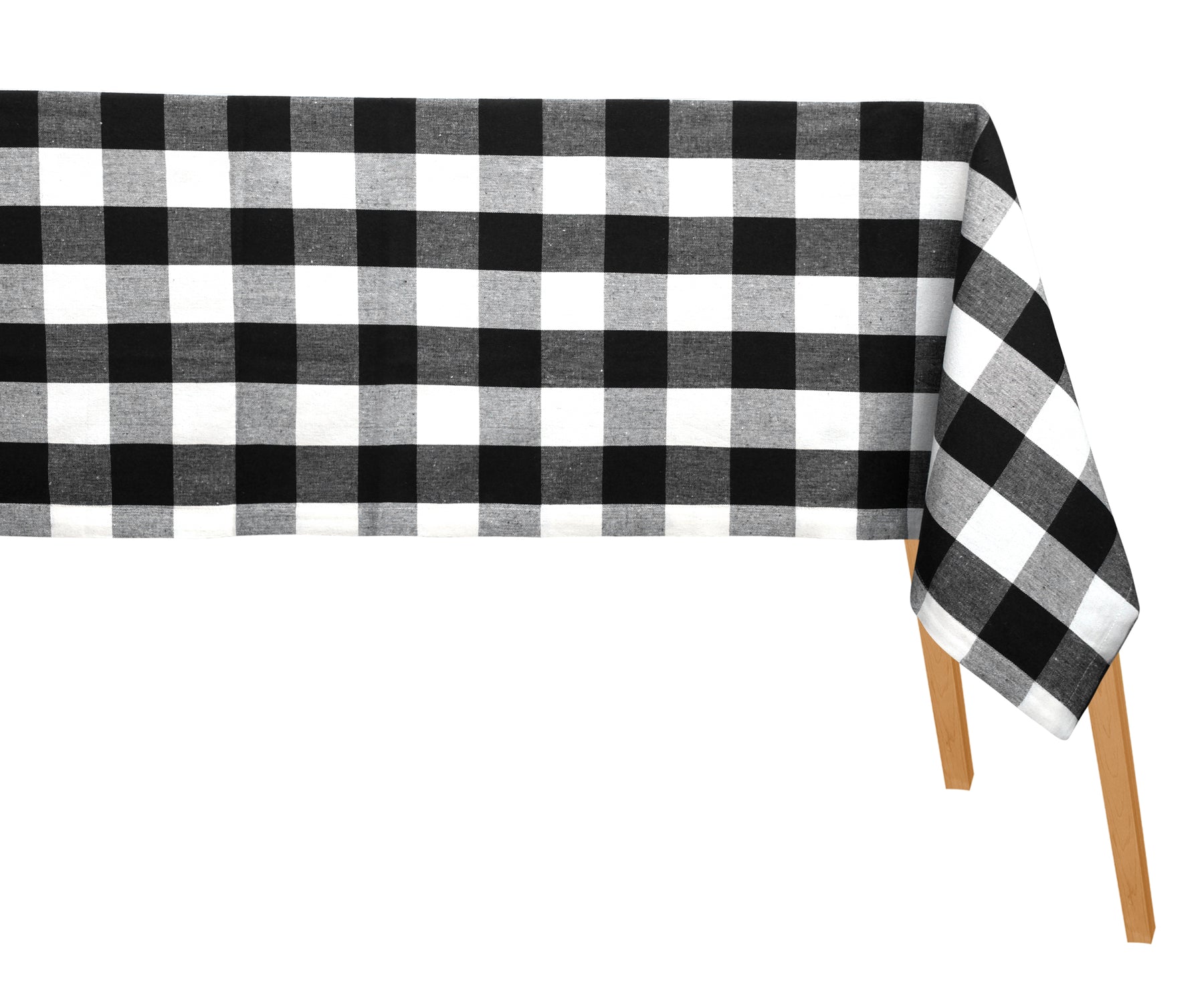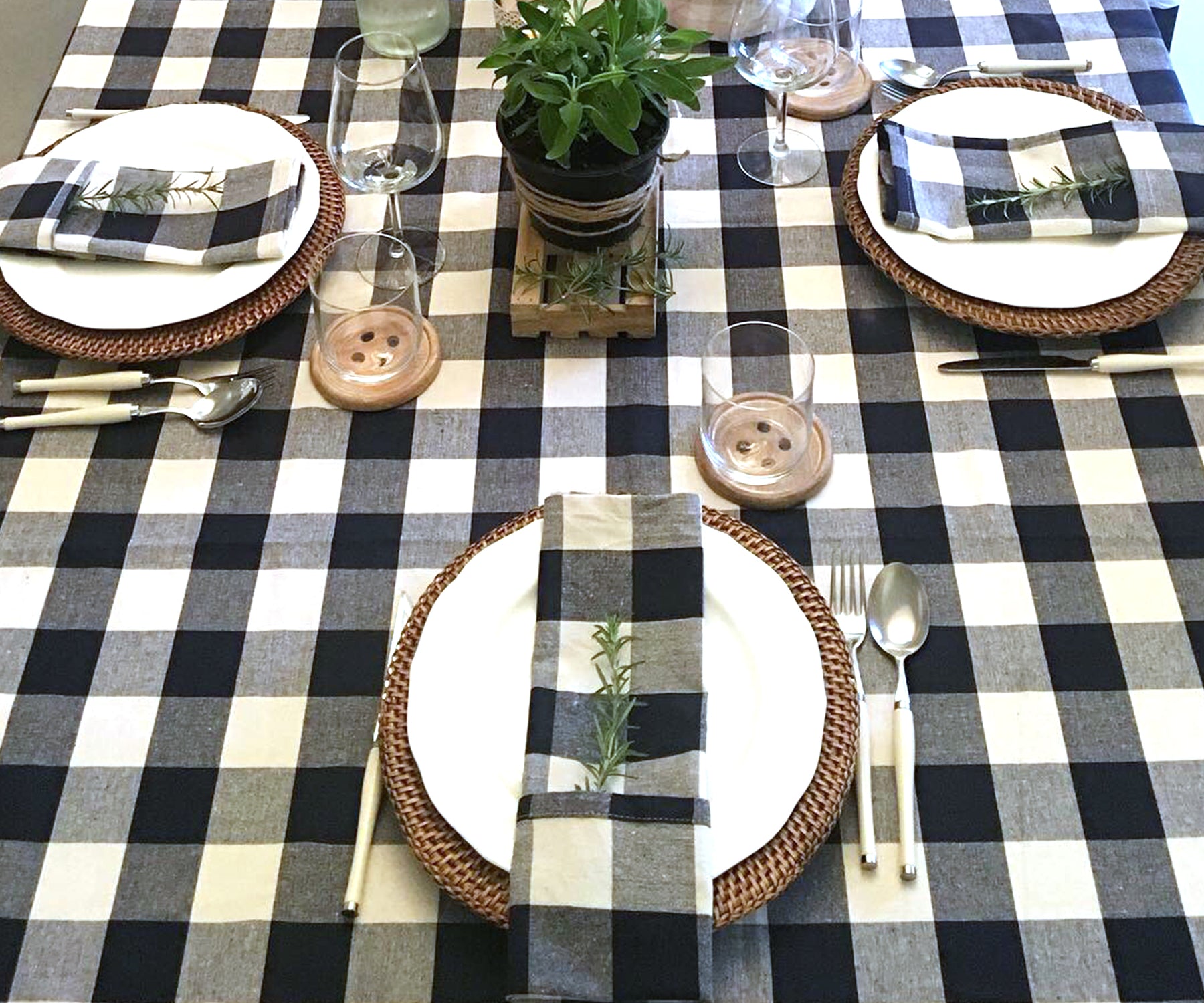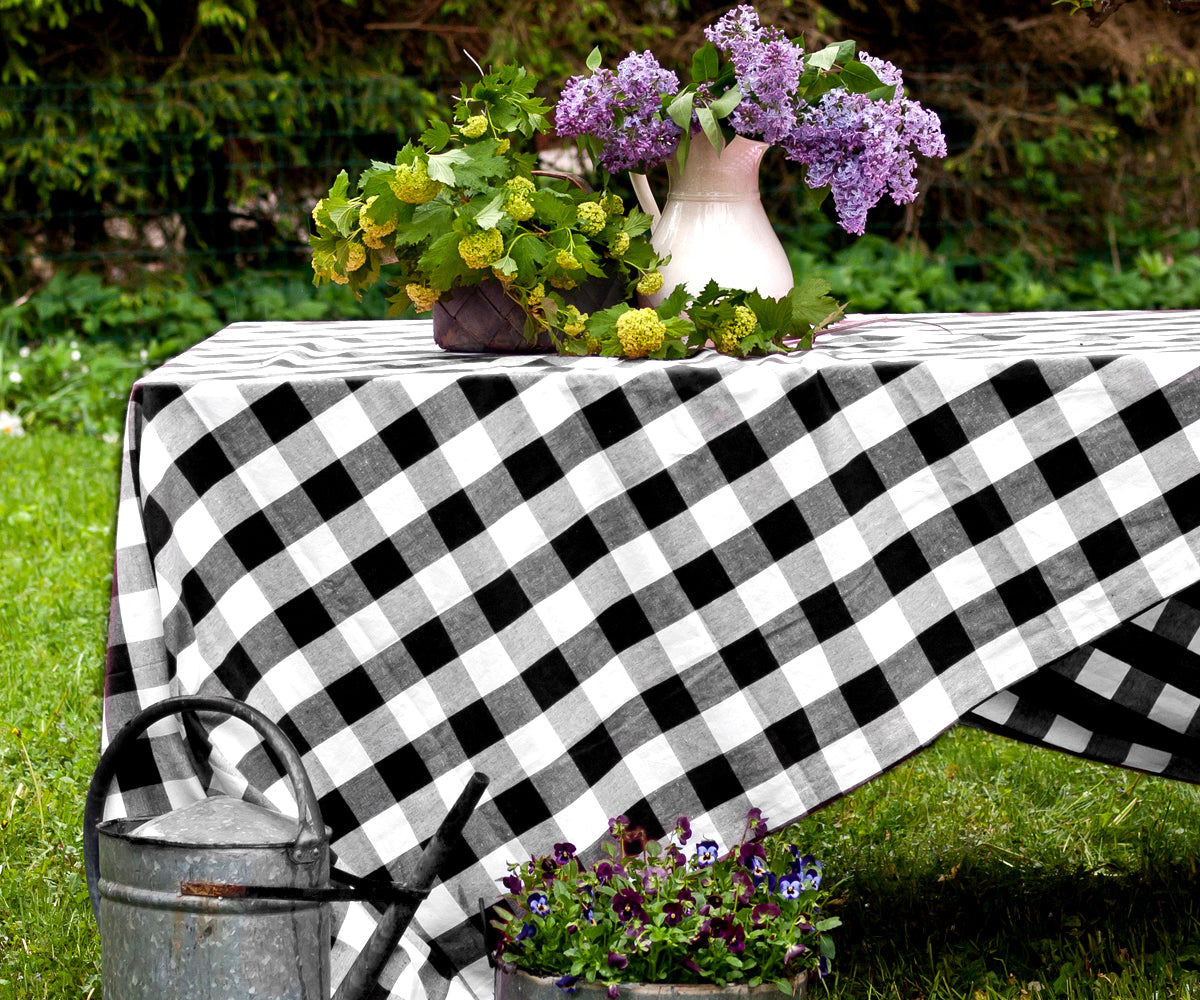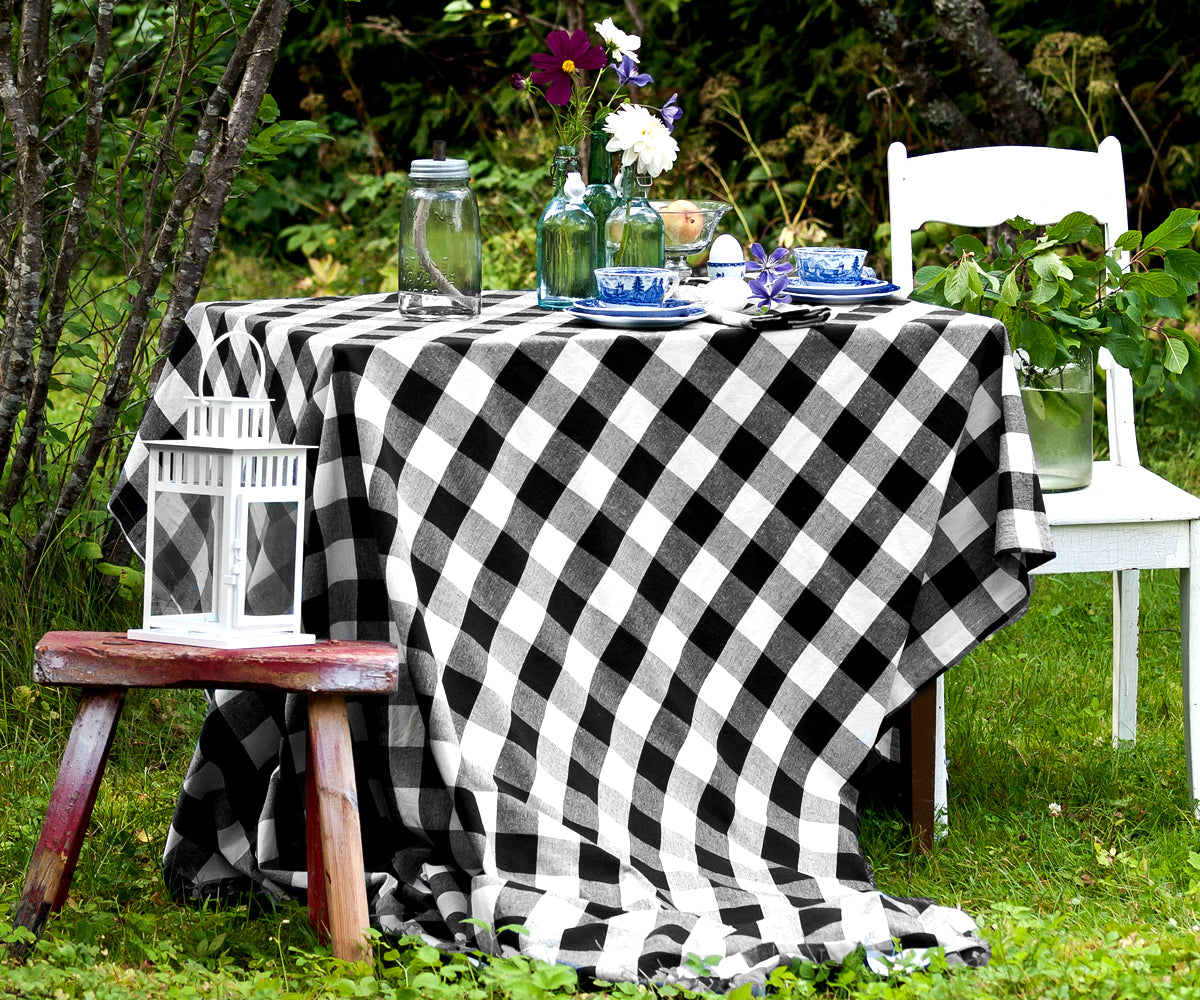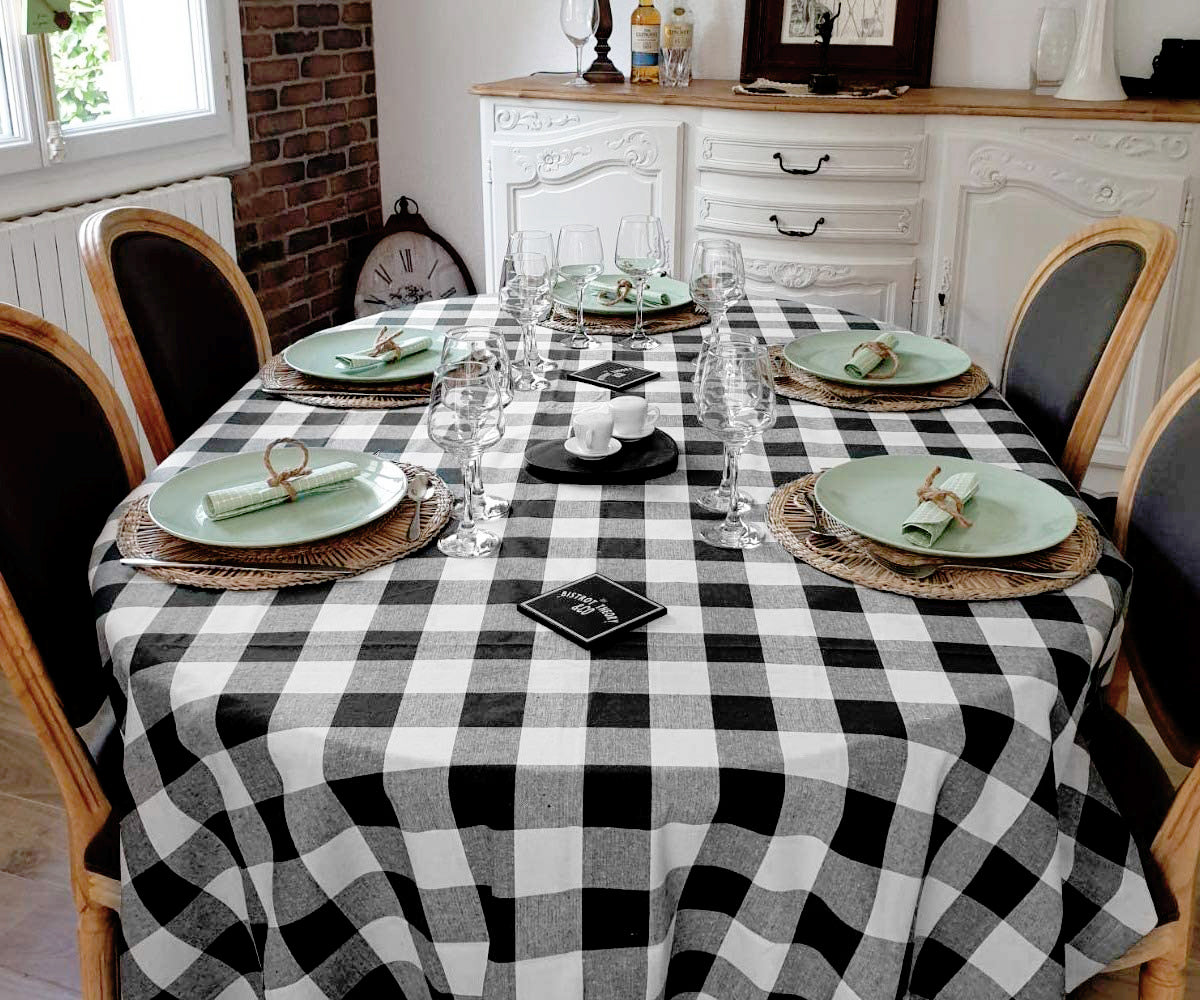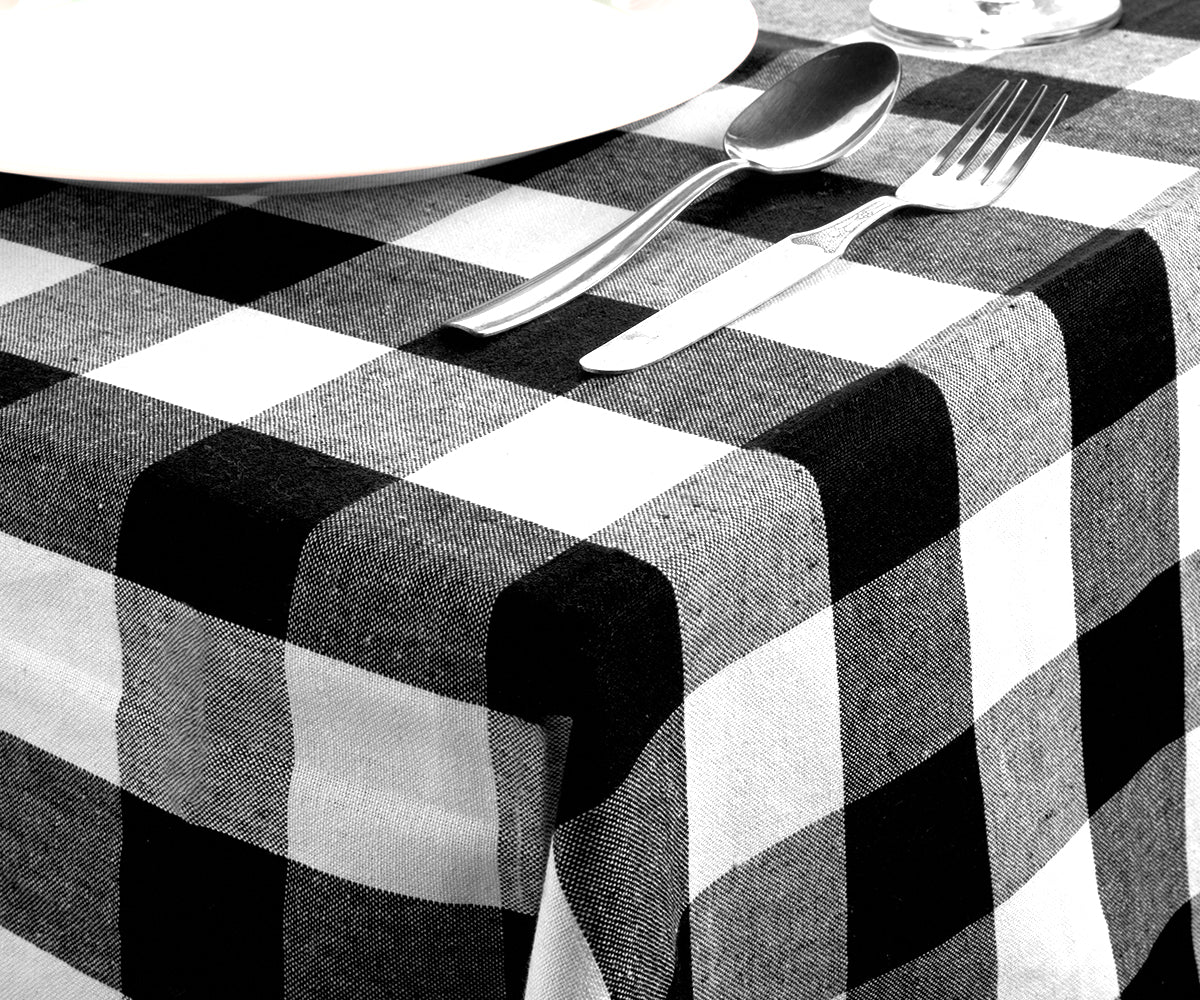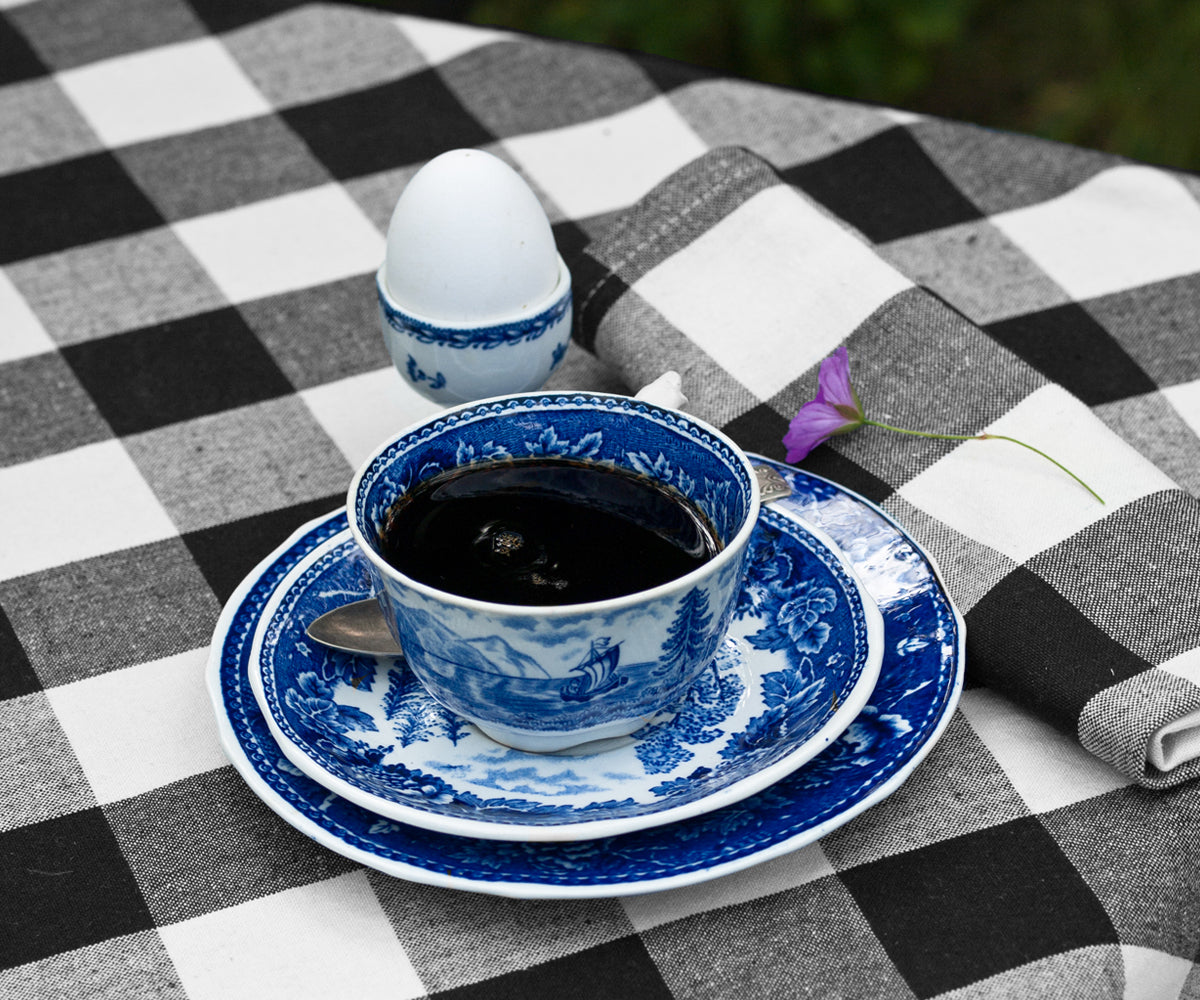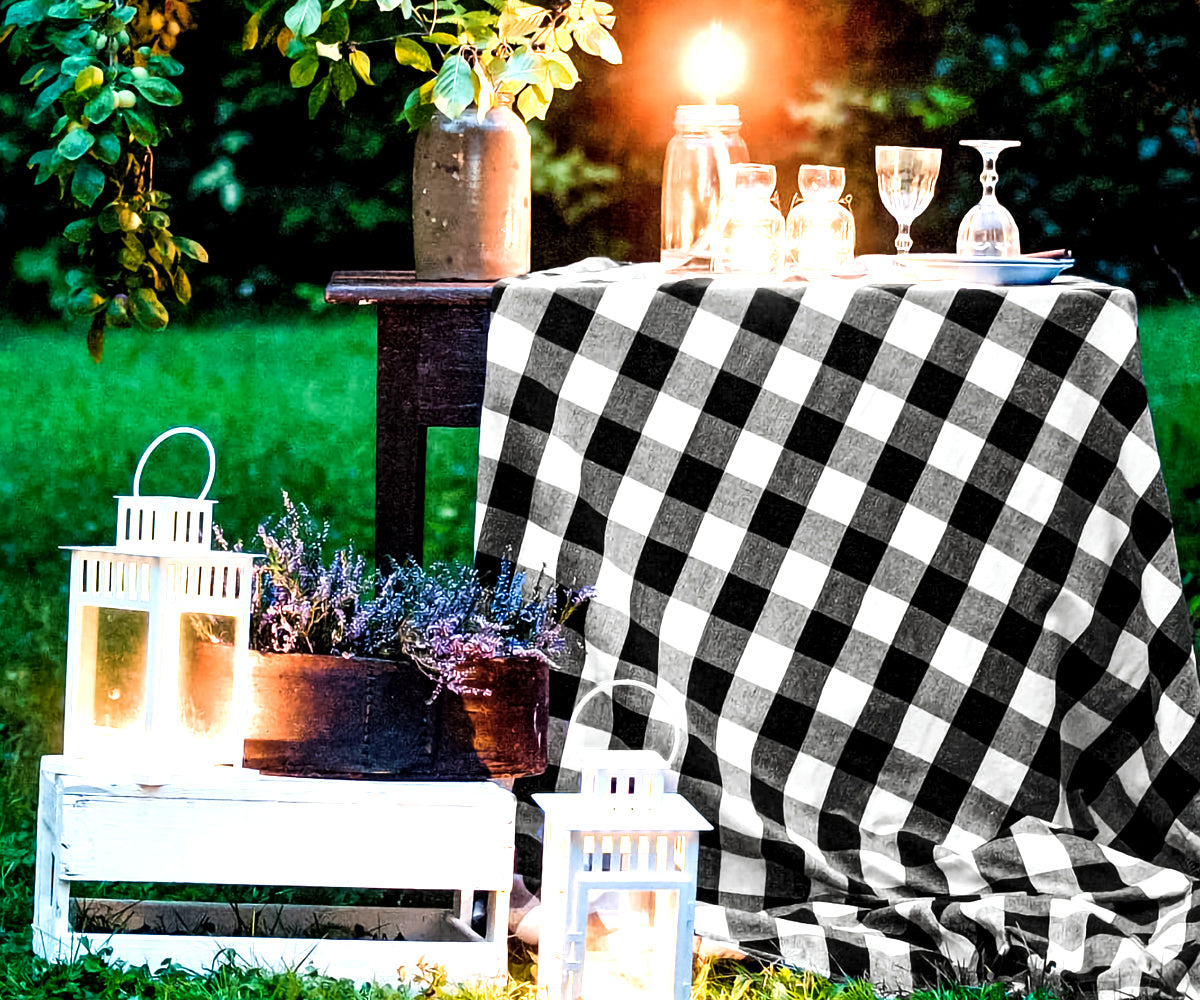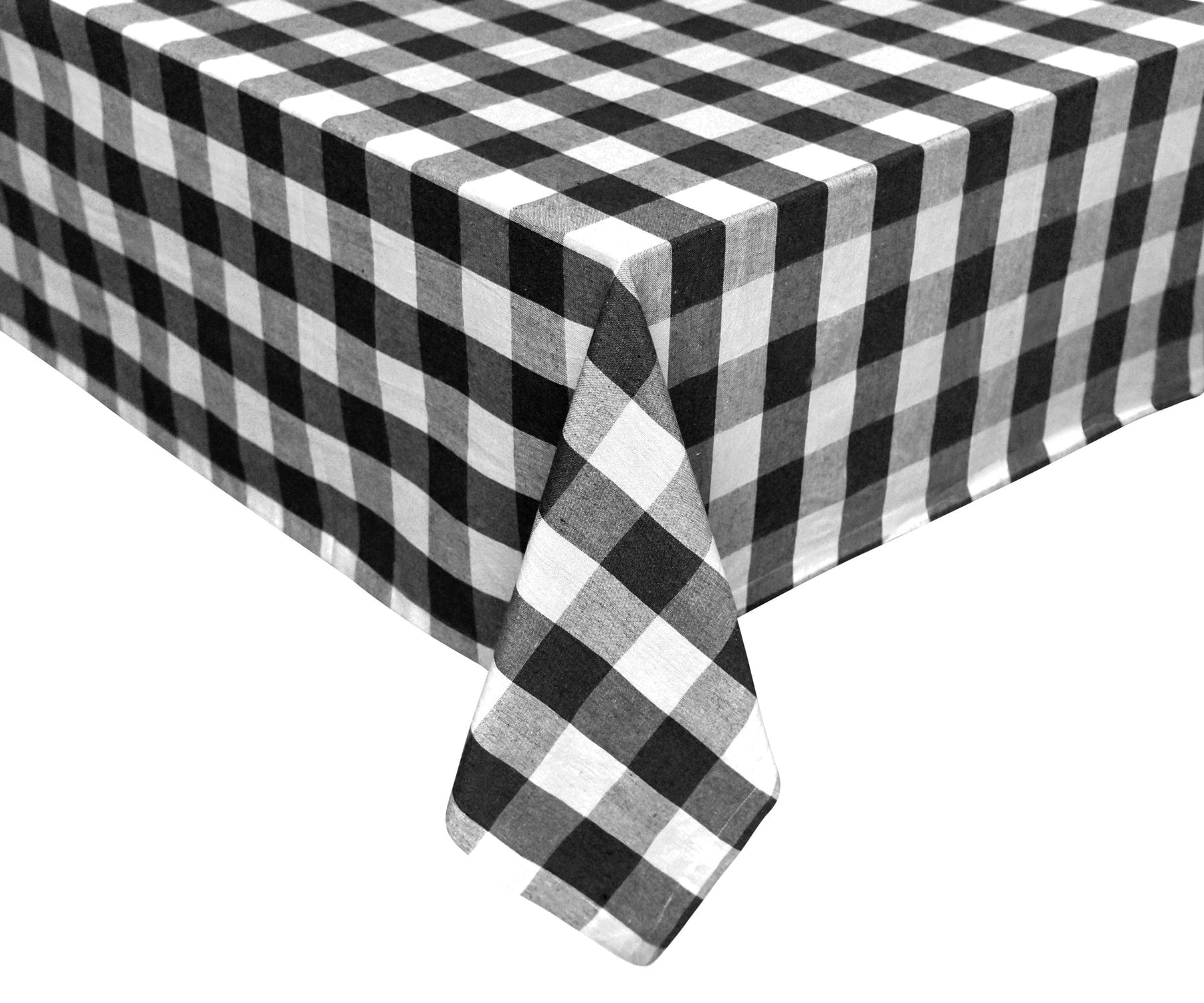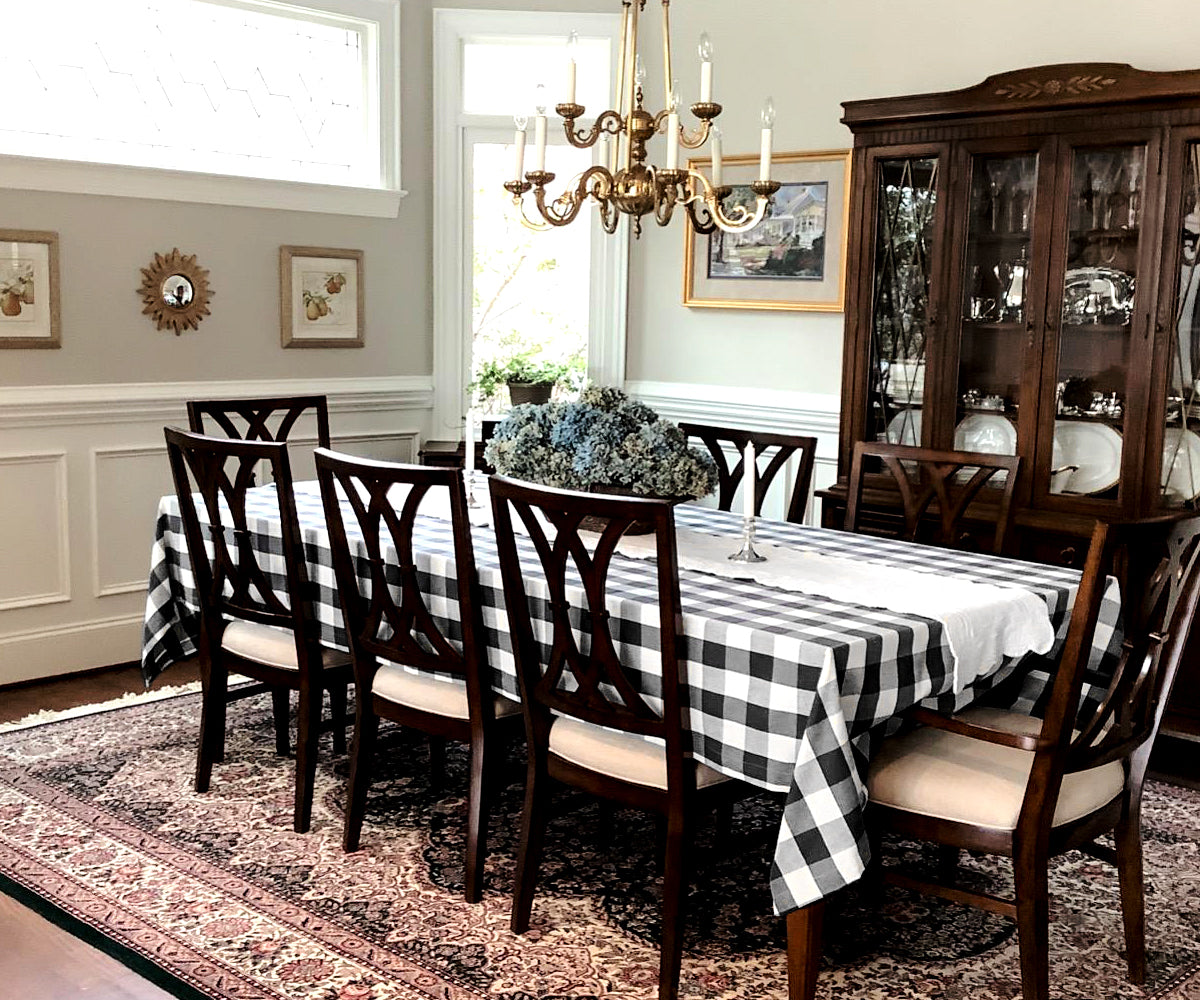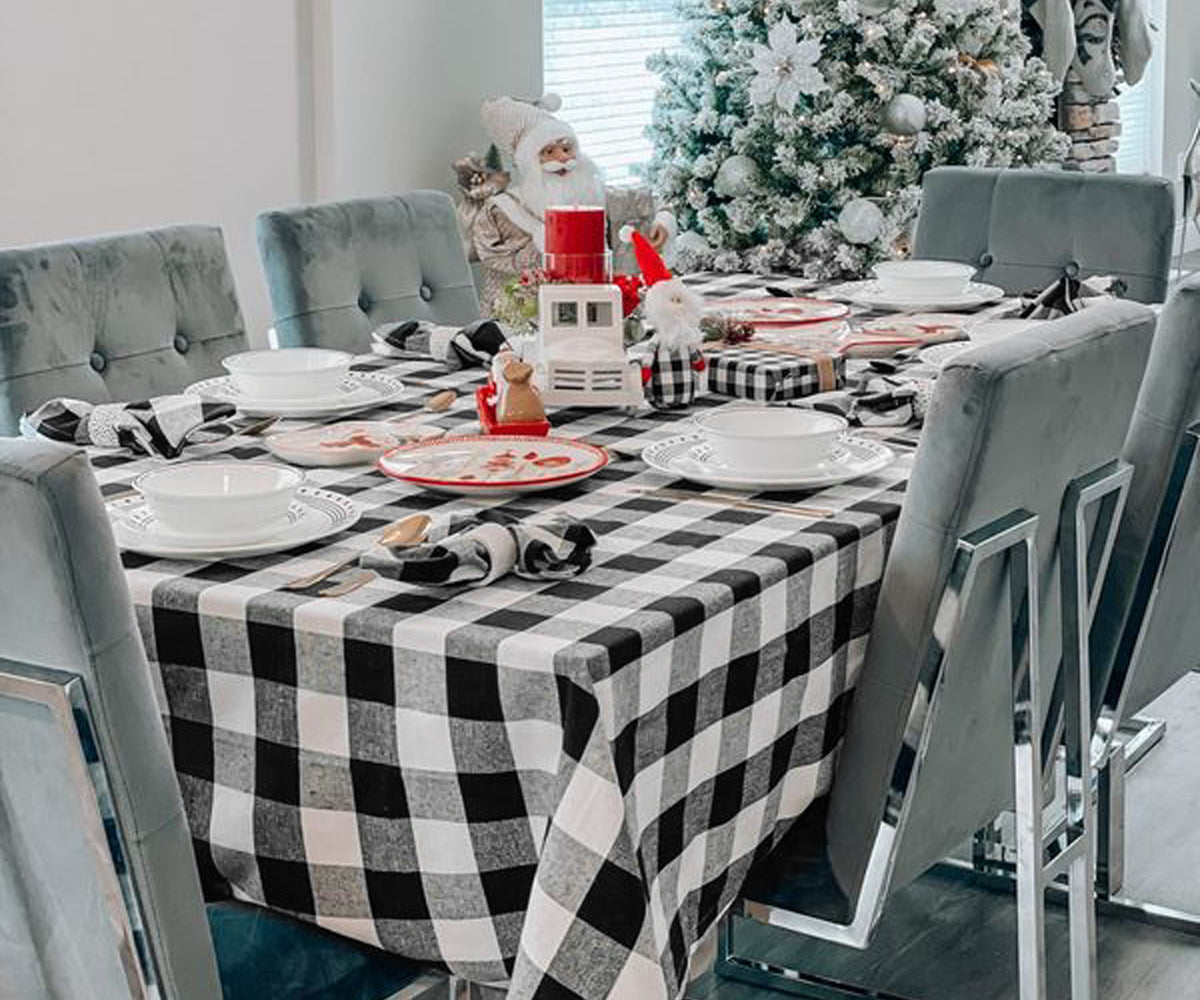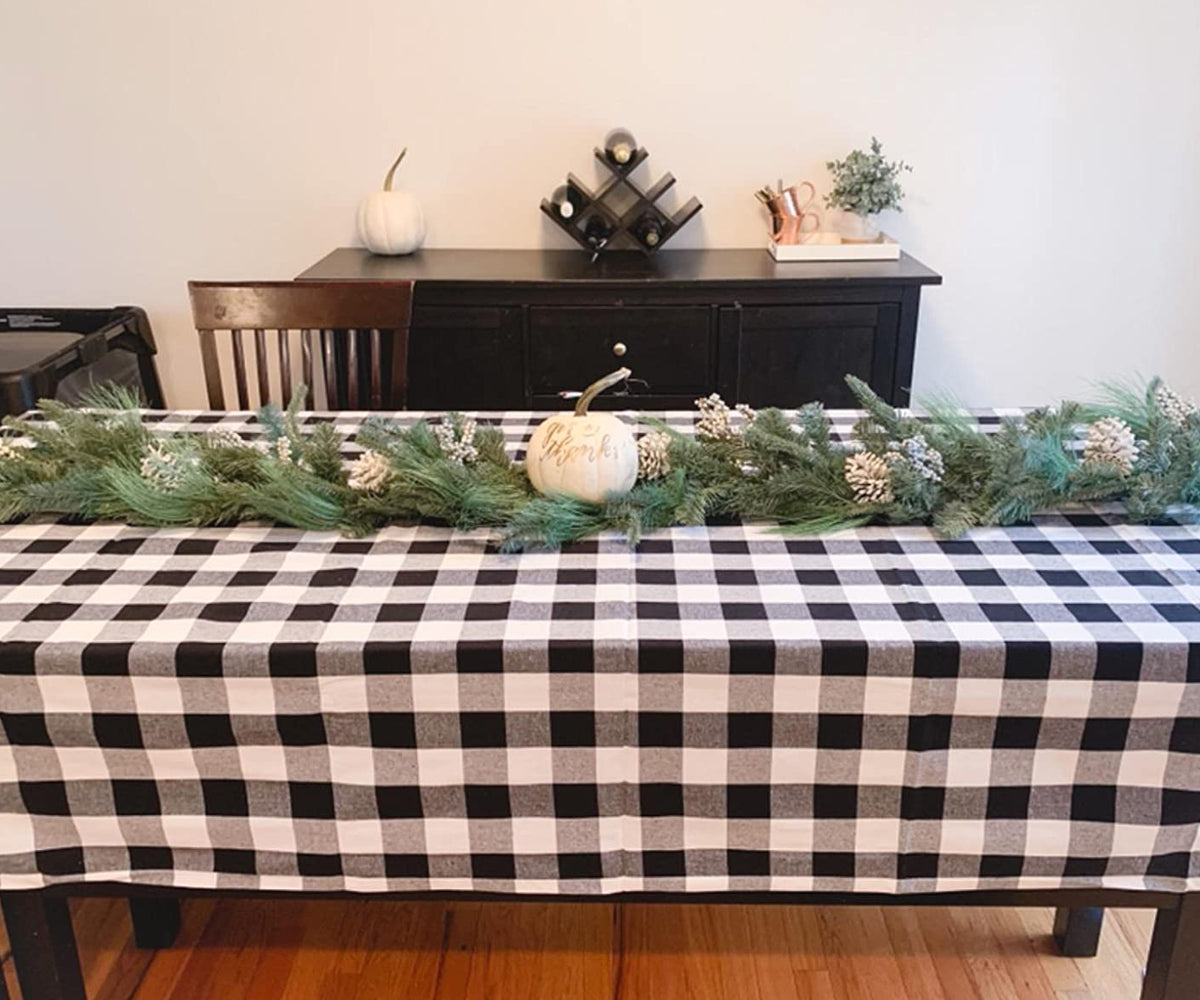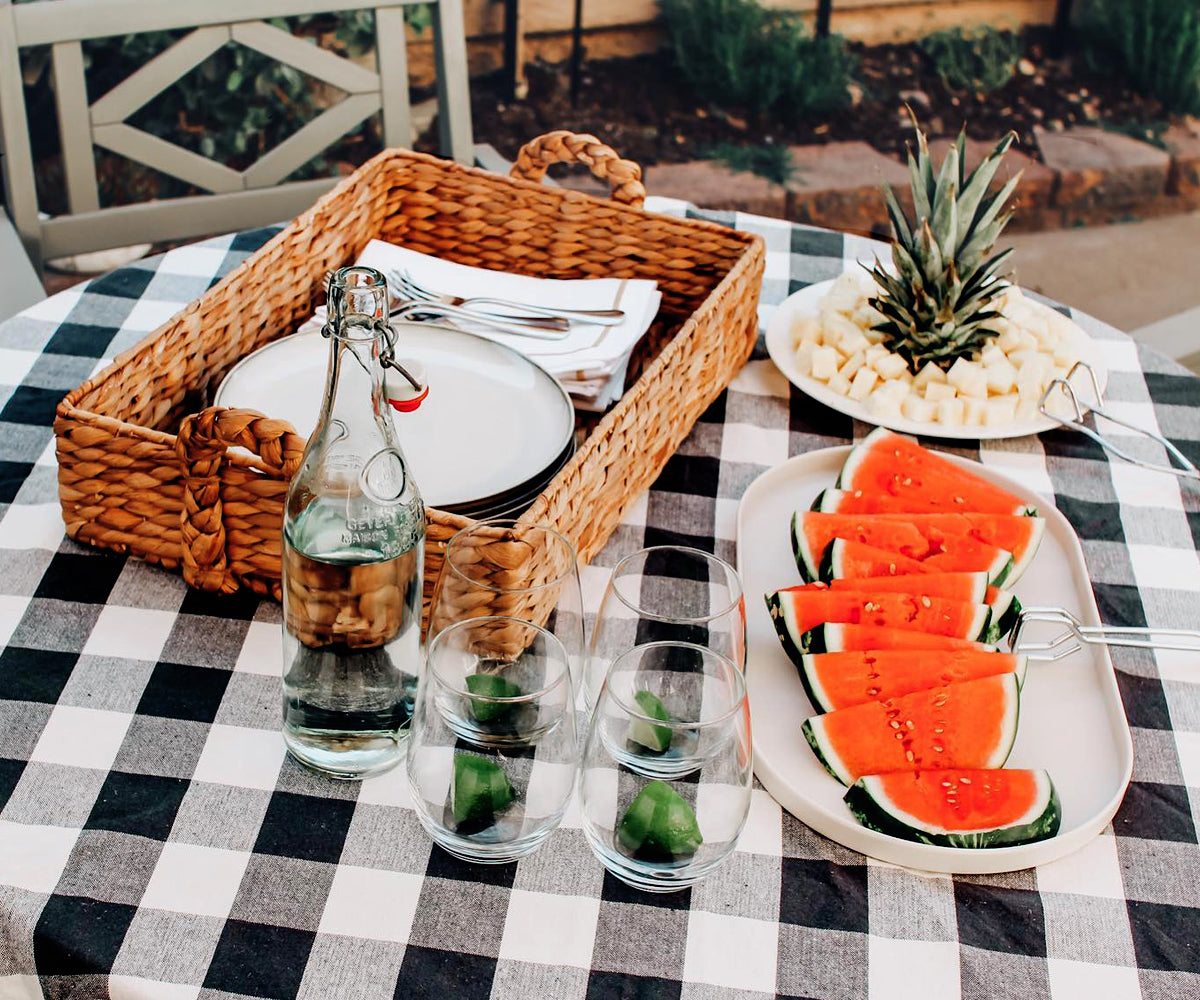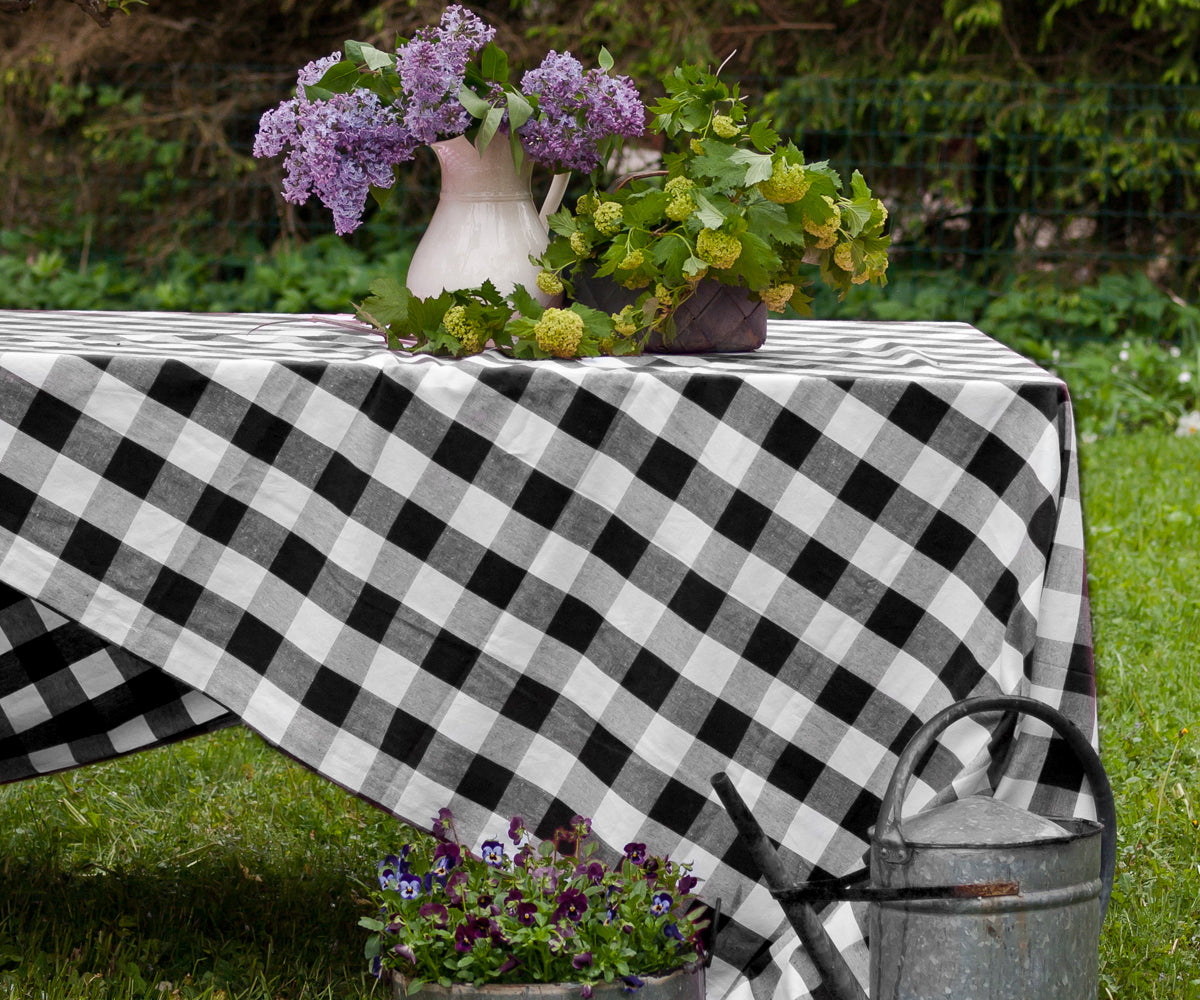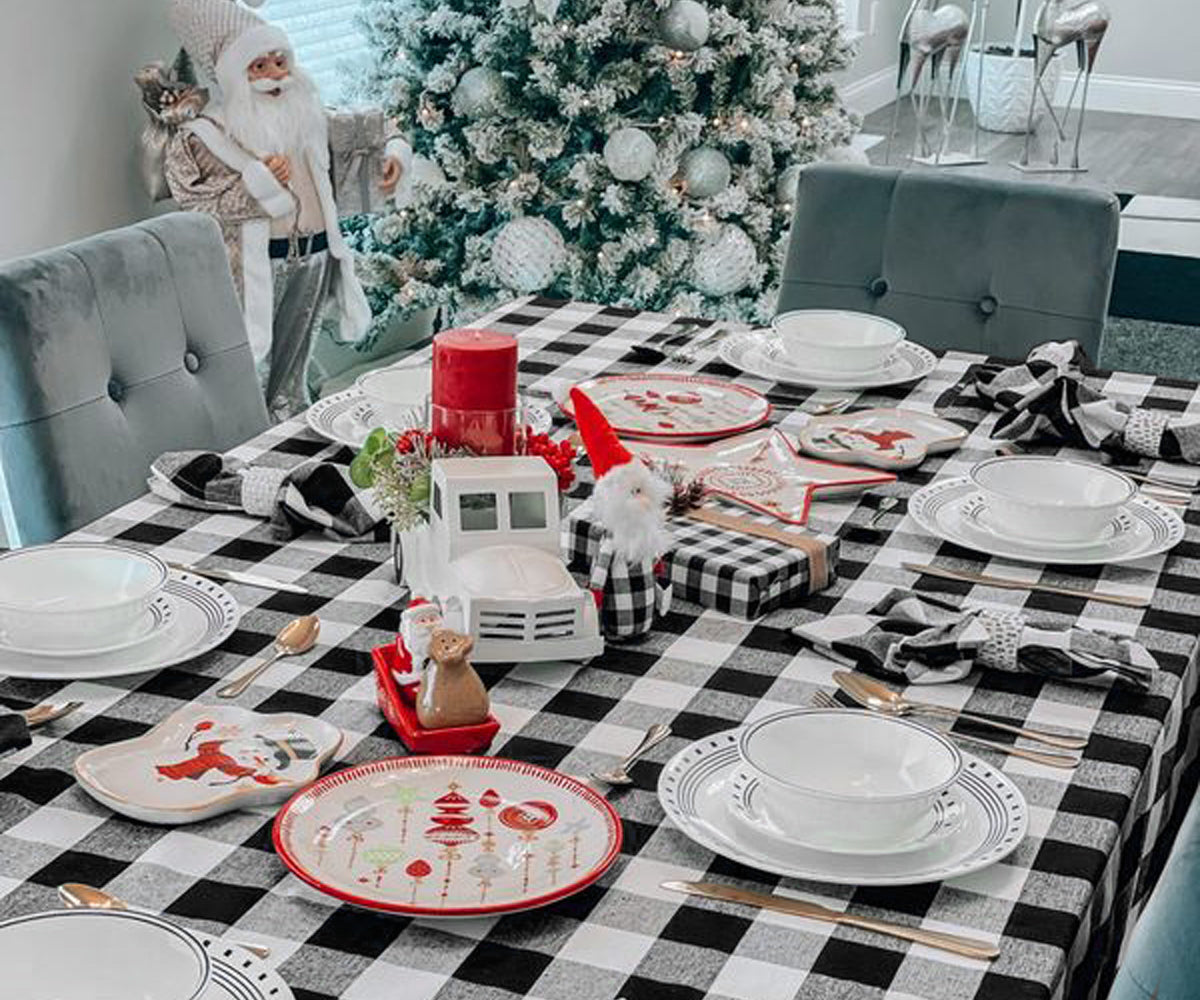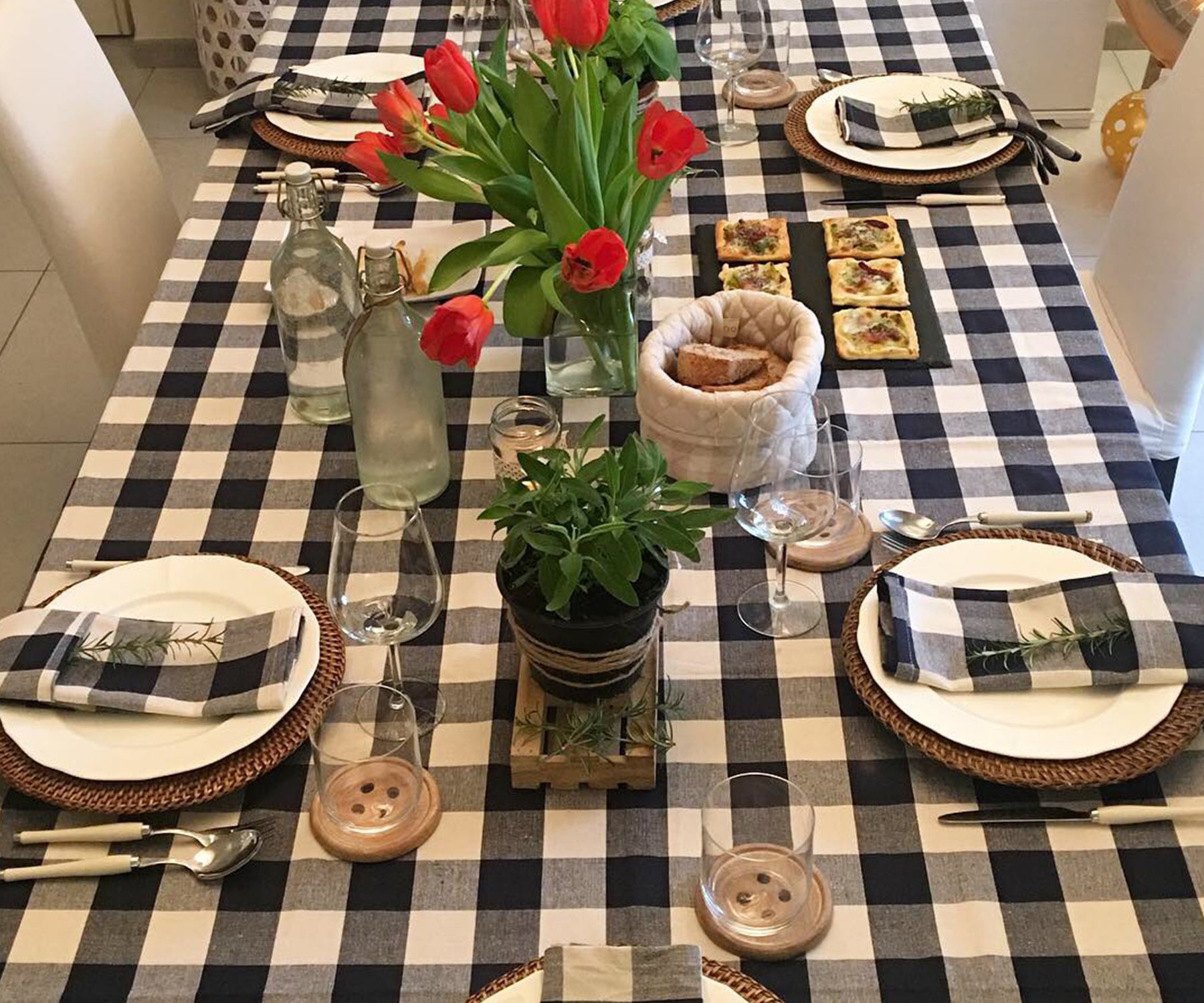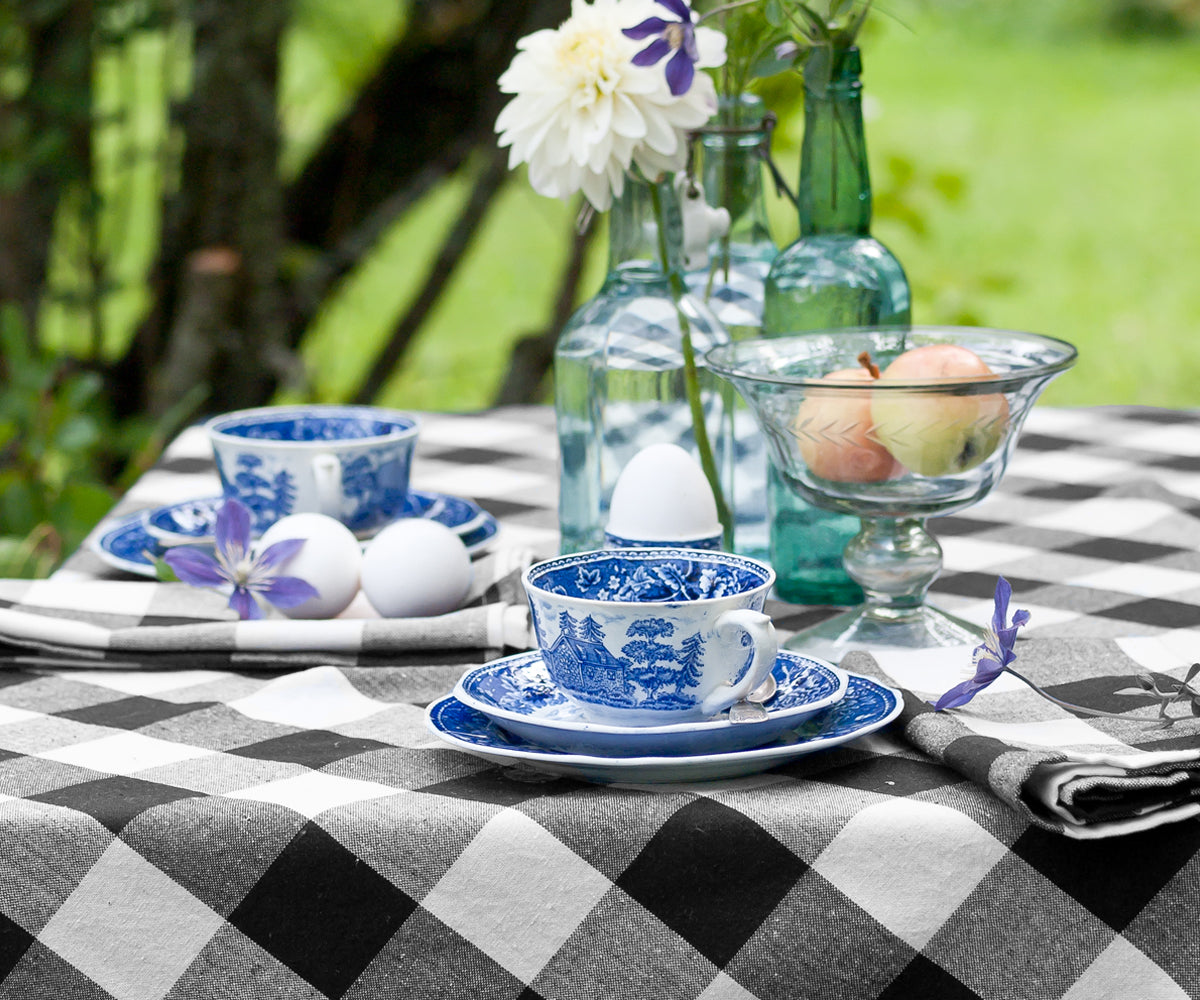Organic Cotton: Soft, Pure, and Planet-Friendly
At the heart of our collection lies organic cotton, known for its softness and purity. Unlike conventional cotton, which relies on synthetic pesticides and fertilizers, organic cotton is grown in harmony with nature.
 We ensure that 100% of the cotton we use is GOTS-certified organic. This means:
We ensure that 100% of the cotton we use is GOTS-certified organic. This means:
-
No harmful chemicals in production.
-
Safer working conditions for farmers.
-
Long-lasting fabrics that are healthier for you and the planet.
By choosing organic cotton, you support smallholder farming communities, encourage sustainable land use, and help reduce climate change impacts. It’s a simple choice with a lasting positive effect.
Read On: Is Linen Expensive? Why Is It So Expensive
Climate Beneficial Cotton: Restoring the Carbon Cycle
One of the most innovative fibers we feature is climate beneficial cotton. Spearheaded by the California Cotton & Climate Coalition (C4), this initiative focuses on regenerative farming practices that go beyond sustainability and actively heal the planet.
Here’s how it works:
-
Farmers adopt regenerative agricultural methods.
-
These practices capture carbon dioxide from the air.
-
The CO2 is stored safely in the soil, restoring the natural carbon cycle.
By supporting climate beneficial cotton, you are directly contributing to carbon reduction and soil health. It’s not just about creating fabrics, it's about creating a healthier future.
Organic Linen: Naturally Elegant and Durable
 Few fibers rival the timeless beauty of organic linen. Derived from flax plants, linen has been loved for centuries for its texture, breathability, and durability.
Few fibers rival the timeless beauty of organic linen. Derived from flax plants, linen has been loved for centuries for its texture, breathability, and durability.
Where the plants are naturally retted in the fields, a method that reduces water use and environmental impact. By choosing organic linen, you support:
-
Water conservation.
-
Rotational crop systems that encourage organic food production.
-
Reduced reliance on chemical inputs.
Organic linen combines elegance with eco-responsibility, making it the perfect choice for those who want sustainable luxury in their home.
Also Known: Top-rated Cotton Napkins for Special Occasions
Why Choosing Organic Fibers Matters
Every fiber we choose reflects our philosophy bringing the revitalizing energy of the earth into your home. By prioritizing organic fibers, you:
-
Support sustainable farming communities.
-
Reduce environmental impact.
-
Enjoy healthier, chemical-free fabrics.
-
Contribute to climate change solutions.
It’s a small change in your lifestyle that makes a big difference in the world.
At All Cotton and Linen, sustainability isn’t just a promise it’s a practice woven into every fabric we create. From organic cotton to climate beneficial cotton, organic linen, and responsibly sourced down, our fibers are designed to bring natural beauty into your home while protecting the planet.
When you choose organic fibers, you’re not just decorating your space, you're investing in a healthier, more sustainable future.

